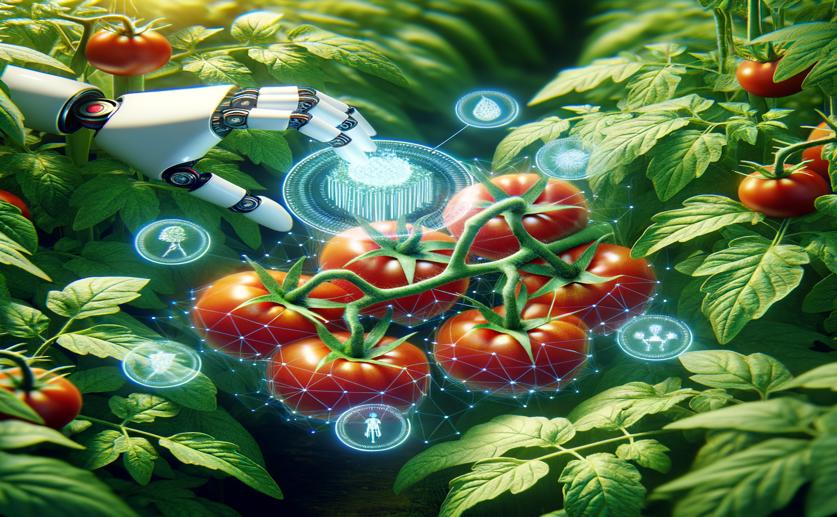
A Smart Way to Spot Diseases in Tomatoes Using AI
Jim Crocker
10th May, 2024

Image Source: Natural Science News, 2024
Key Findings
- Researchers at Weifang University of Science and Technology developed TomatoDet, a new method to detect tomato diseases in complex farm images
- TomatoDet uses a self-attention mechanism to focus on disease symptoms, reducing false positives/negatives, and achieving a 92.3% accuracy
- The method operates at 46.6 frames per second, suitable for real-time disease detection in agricultural settings
AgricultureBiotechPlant Science
References
Main Study
1) An efficient deep learning model for tomato disease detection
Published 9th May, 2024
https://doi.org/10.1186/s13007-024-01188-1
Related Studies
2) Revolutionizing agriculture with artificial intelligence: plant disease detection methods, applications, and their limitations.
3) Millimeter-Level Plant Disease Detection From Aerial Photographs via Deep Learning and Crowdsourced Data.



 29th April, 2024 | Jim Crocker
29th April, 2024 | Jim Crocker